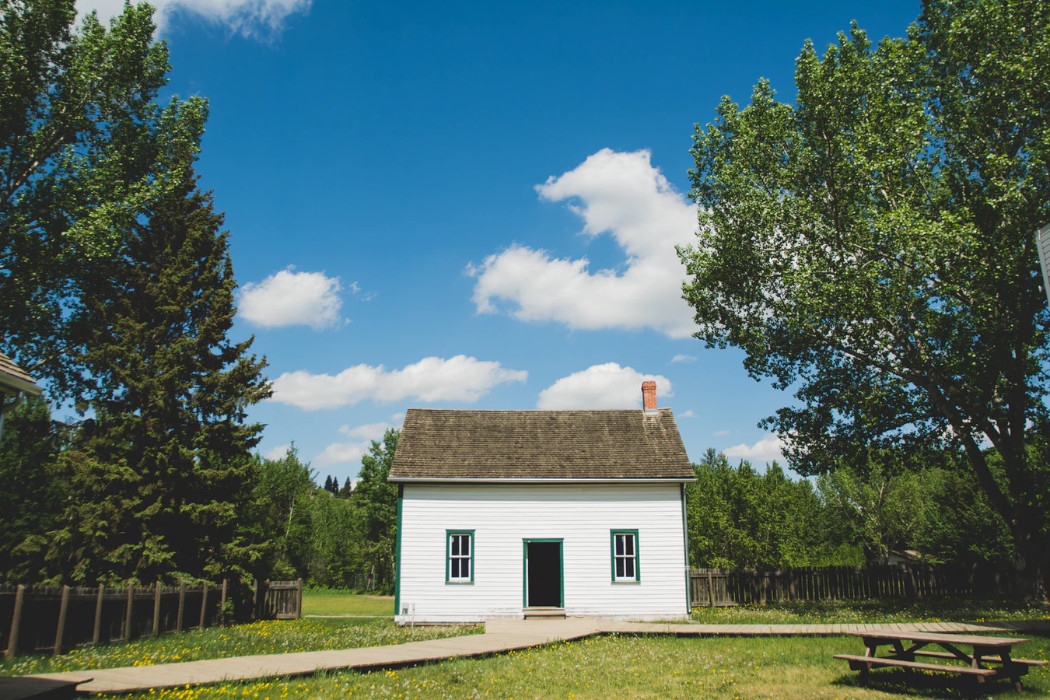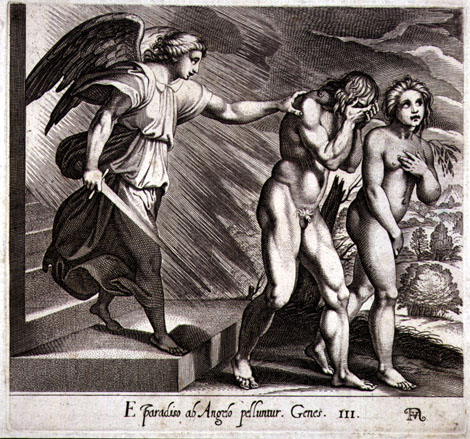Elizabeth Bishop was born on 8th February 1911 in Worcester, Massachusetts. After her father died and her mother was put in a mental asylum when she was very young, Bishop was first sent to live with her maternal grandparents in Nova Scotia and later lived with paternal relatives in Worcester and South Boston.
From 1935 to 1937, she spent time traveling to France, Spain, North Africa, Ireland, and Italy. Her poetry is filled with descriptions of her travels and the scenery surrounding her, for example, in her first book of verse, North & South, published in 1946.
Unlike the confessional poetry of the 1950s, Bishop’s poetry avoids explicit accounts of her personal life and focuses instead with great subtlety on her impressions of the physical world. Bishop’s images are precise and true to life, and they reflect her own sharp wit and moral sense. She has won the Pulitzer Prize as well as the National Book Award.
“Chemin de fer” is one of the early poems of Elizabeth Bishop. This poem is made up of 5 stanzas. Each of these stanzas is again made up of 4 lines. Hence, the poem consists of 20 lines in total. This poem combines first-person narration with a third-person descriptive voice. Therefore, it is safe to assume that the speaker of the poem is the poet herself.
Chemin de fer Summary by Elizabeth Bishop
Stanza 1: In this stanza, the poet describes the setting of the poem. She says she is walking alone on the tracks of a railway line and that her heart is beating very fast and very loudly. She also remarks on how “the ties” seemed to be too close at times and too far away from each other at other times. It is unclear what ties the poet is referring to in particular. The word “ties” can have two interpretations in this context. The first interpretation is that she is speaking about the ties that make up the railroad track and that the distance between one of them and the next increased and decreased as she slowed down and sped up in her pace of walking. The second interpretation is that the poet refers to the bonds that her heart has made with other human beings. Since she says her heart is pounding, she might doubt how many such bonds she has been able to create and maintain. In either case, the poet is in a state of confusion within this stanza.
Stanza 2: In this stanza, the poet says that the environment that she is walking through is very sparsely populated, not just by human beings but also by flora and fauna. The pines growing there are neither tall nor luxuriant. Rather they are short and grow irregularly. There are also a few oak trees. However, the only thing that attracts the eye apart from the foliage is a tiny pond of water.
Stanza 3: In this stanza, the poet says that a hermit (that is, a person living in a solitary manner away from the luxuries and conveniences of an urban lifestyle) lives near the pond that lines the railroad walking on. The hermit does not take care of his dress or appearance. The pond itself seems to be the site at which the earth has injured itself and suffered a tear. However, the pond does not try to mend itself, clinging to its wound every year. That is, the pond has never dried out and disappeared from view.
Stanza 4: In this stanza, the poet says that the hermit owns a shotgun, which he keeps in the log cabin in which he stays. Just as the poet is passing by the area, he fires the shotgun. The tree next to the hermit’s cabin vibrates for a while, either as a result of the shot going through its timber, or because of the recoil velocity of the shotgun in case the hermit had rested its barrel on the trunk of the tree. The shot is fired in such a way that it could reach the other side of the pond. As a result of the breakneck speed of the shot, ripples appear on the surface of the water in the pond. The hermit’s pet hen becomes agitated and utters repeated cries.
Stanza 5: In this stanza, the poet describes how the hermit screams that love should be put into action. The echo of the shot he has fired is heard from across the pond. The poet imagines that this echo is repeating itself in a bid to confirm the hermit’s beliefs about love.
Some online learning platforms provide certifications, while others are designed to simply grow your skills in your personal and professional life. Including Masterclass and Coursera, here are our recommendations for the best online learning platforms you can sign up for today.
The 7 Best Online Learning Platforms of 2022
- Best Overall: Coursera
- Best for Niche Topics: Udemy
- Best for Creative Fields: Skillshare
- Best for Celebrity Lessons: MasterClass
- Best for STEM: EdX
- Best for Career Building: Udacity
- Best for Data Learning: Pluralsight
















